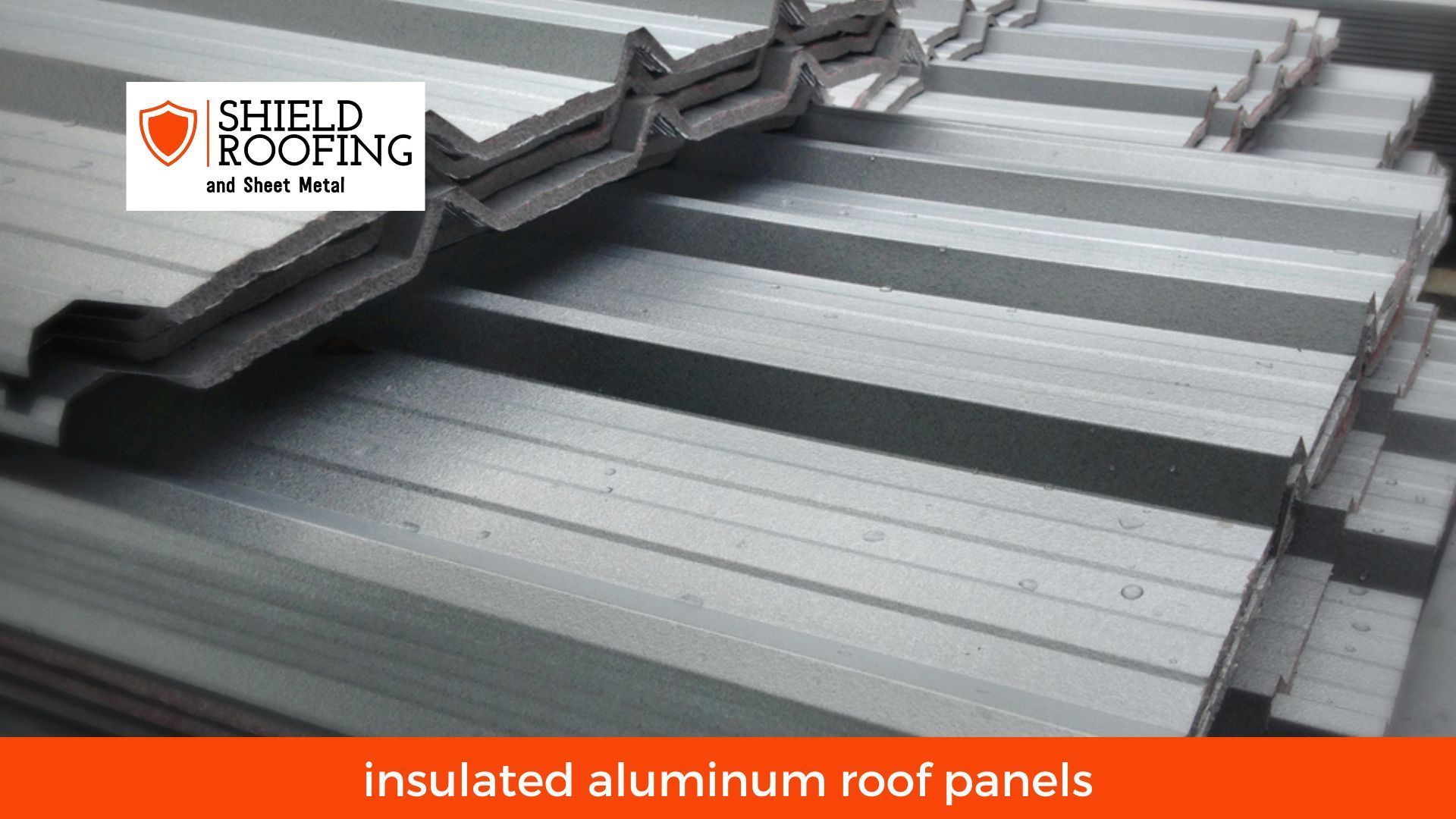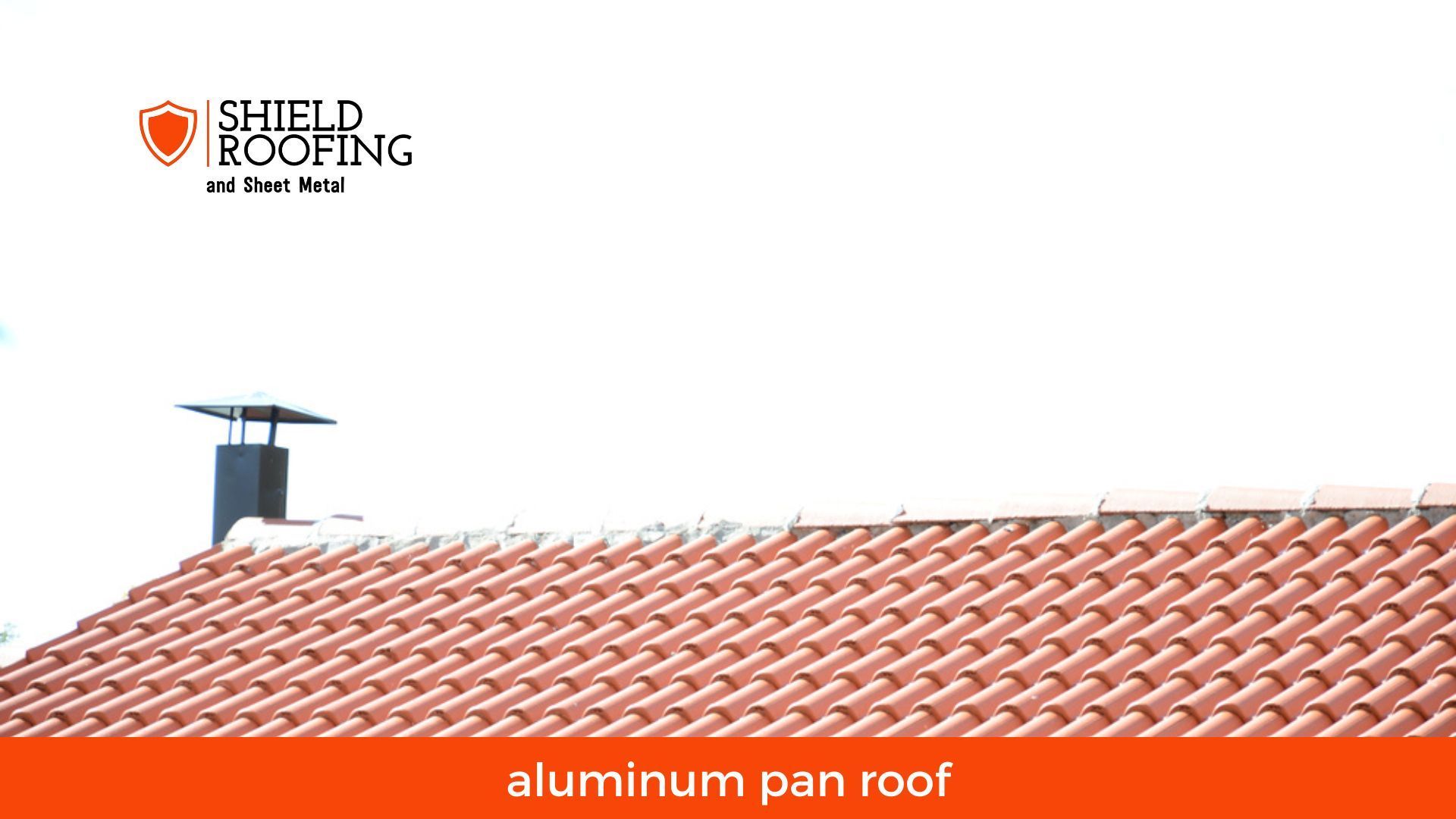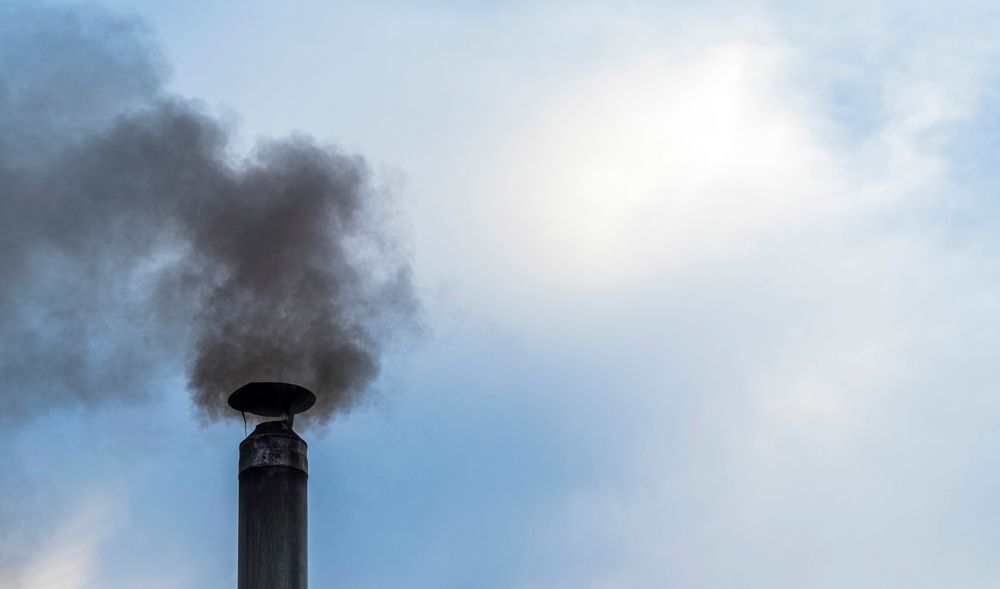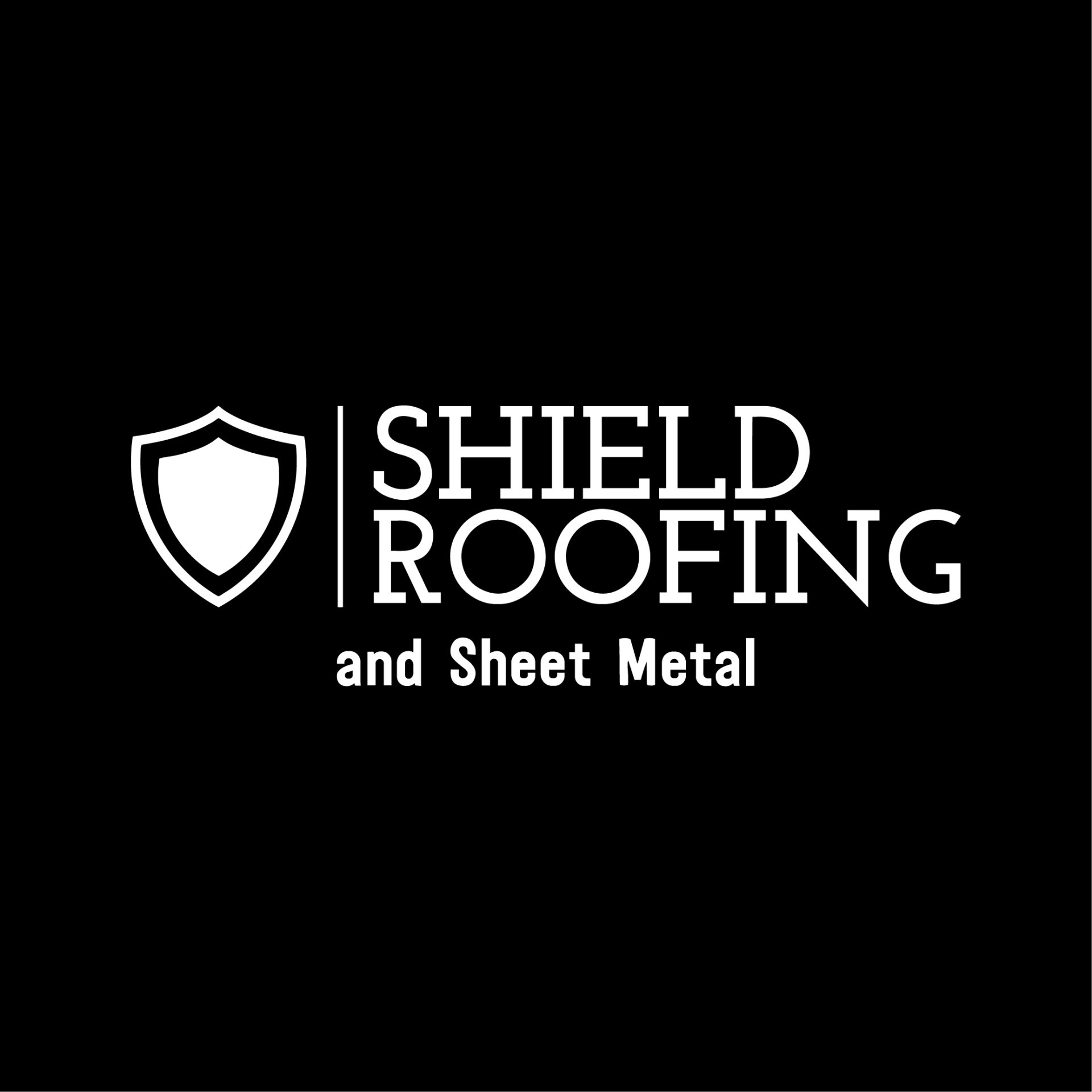A Guide to Metal Roof Waterproofing: What You Need to Know Before You Start
Metal Roof Waterproofing
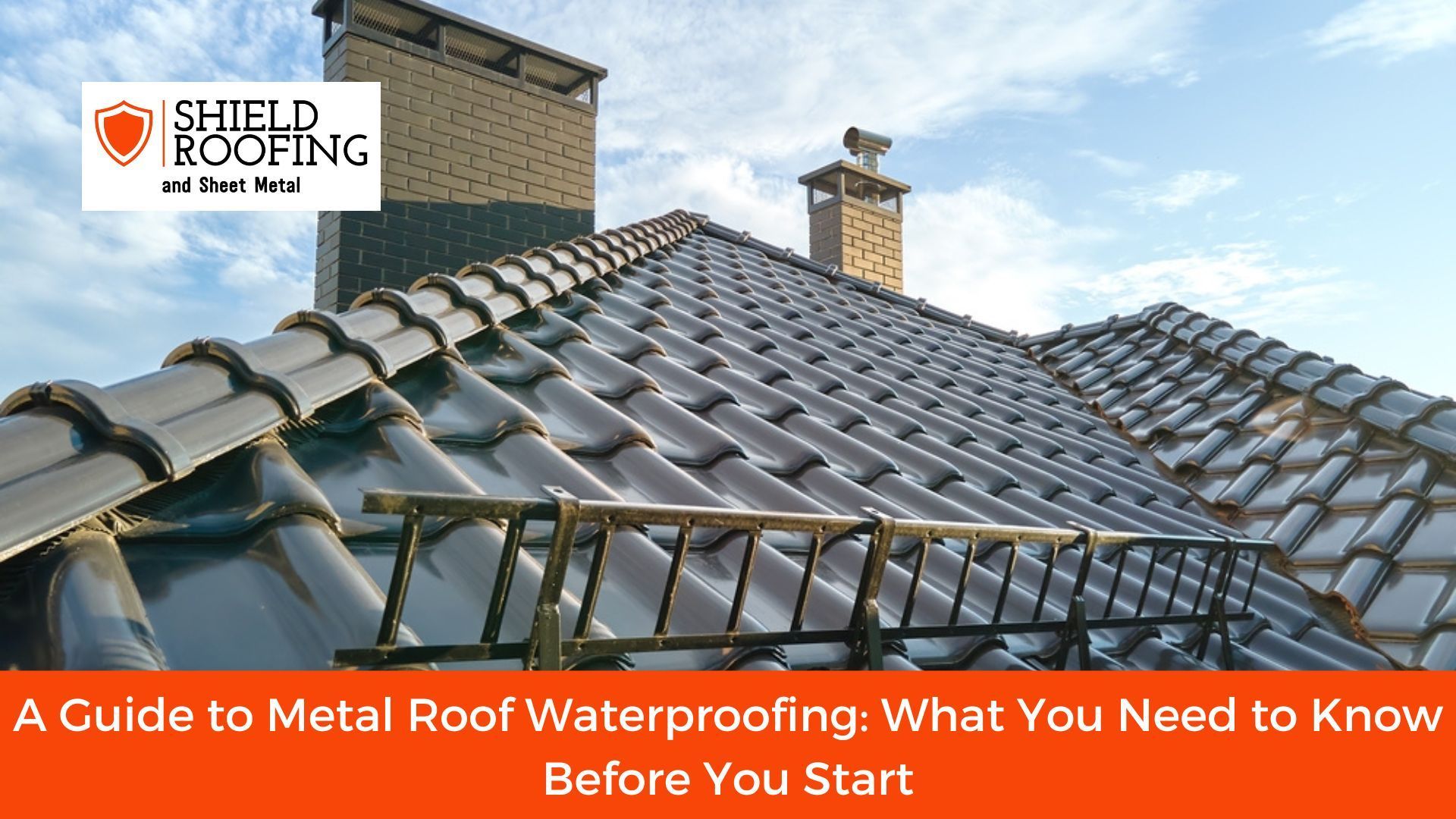
Are you considering metal roof waterproofing for your home? It's an excellent choice for long-term protection from the elements. But before you begin, there are a few things you need to know to ensure a successful project. This guide to metal roof waterproofing will give you an overview of the materials and processes involved, so you can decide on the best way to keep your roof safe from water damage. You'll learn about the different types of waterproofing materials and the installation process, as well as tips for maintaining your roof and keeping it in good condition for years to come. With this information, you can confidently start your metal roof waterproofing project and enjoy knowing your roof is well-protected.
Types of Waterproofing Materials
There are several different waterproofing materials used for roofing projects. Which material you choose will depend on several factors, including cost, durability, how it reacts to weather conditions, and how easy it is to install. Some of the more common waterproofing materials used for metal roofing include:
- EPDM - EPDM (ethylene propylene diene monomer) is a synthetic rubber material that's very popular for metal roofs. It's highly durable, resists cracking and tearing, and is very easy to install.
- Modified bitumen - Modified bitumen is a type of synthetic fibre-reinforced material that's very popular among metal roofers because it's easy to work with, has good adhesion to metal, and is durable.
- PVC - PVC (polyvinyl chloride) is a synthetic material often used when a metal roof needs to be covered by a living roof, like vegetation.
- TPO - TPO (thermoplastic olefin) is a synthetic material widely used on metal roofs. It's durable and available in many colours to suit your needs.
- ECTFE - ECTFE (ethylene chlorotrifluoroethylene) is a synthetic material known to be very durable and has excellent adhesion to metal.
Choosing the Right Waterproofing Material
When choosing the best waterproofing material for your metal roof project, remember a few things. First, you'll want to determine which type of metal your roof is made of. This will help you determine which waterproofing material is the best choice, as each material is suited to a specific type of metal. You'll also want to consider the location of your home, as well as its surrounding environment, as this will have an impact on your selection. Finally, you'll want to consider the cost of each material, as well as how easy it is to install. Once you've considered all of these factors, you'll be able to make an informed decision about the suitable waterproofing material for your project.
Installation Process
The installation process for metal roof waterproofing materials varies wildly, depending on the type of material you choose. It's essential to follow the manufacturer's instructions carefully, as failure can result in improper adhesion and less effective waterproofing material. It's also important to remember that the extra weight of the waterproofing material may require you to adjust your roof's support structure. With these things in mind, you can start the installation by cleaning the roof and removing any loose debris.
Next, you'll want to apply a primer to areas where the waterproofing material will be used. Then, you'll need to apply the waterproofing material directly to the roof in a smooth and even layer. It's essential to follow the manufacturer's instructions carefully, as failure can result in improper adhesion and less effective waterproofing material.
Finally, you'll need to allow the material to dry completely before using or walking on your roof. It's recommended that you allow at least 10 hours of drying time for PVC and TPO materials and 24 hours for EPDM, modified bitumen, and other synthetic materials.
Maintenance Tips
Fortunately, maintaining your metal roof is relatively straightforward. You'll want to check for any damage, such as cracks or holes, and have it repaired as soon as possible to prevent further damage. You'll also want to inspect your roof regularly for signs of wear, such as discoloration, rust, or corrosion. If you notice any of these issues, they should be addressed as soon as possible to prevent further damage. You can help extend the life of your roof by keeping it clean and treating it regularly with a metal roof cleaner. It's also a good idea to periodically check your roof's support structure to ensure it's in good condition and can withstand the weight of heavy roofing materials.
Finally, you'll want to stay updated on local building codes and regulations to ensure your roof is up to code and adequately protected.
Conclusion
Metal roof waterproofing is an excellent choice for homeowners looking to protect their investments. There are several different materials and installation methods to consider, so take your time and evaluate your options before moving forward with your project. Once the installation process is complete, you'll rest easy knowing that your roof is well protected from water damage. Metal roof waterproofing is an essential aspect of ensuring the longevity and durability of a metal roof system. Proper waterproofing techniques and materials can prevent water damage and leaks, as well as protect the roof from the elements and extend its lifespan. To ensure effective waterproofing, it is important to work with a professional waterproofing contractor and to use high-quality materials that are designed specifically for metal roofing.


